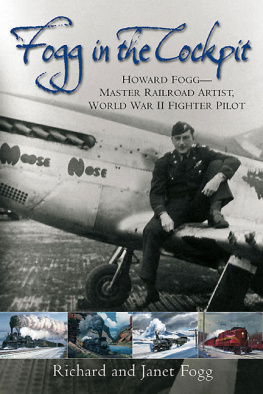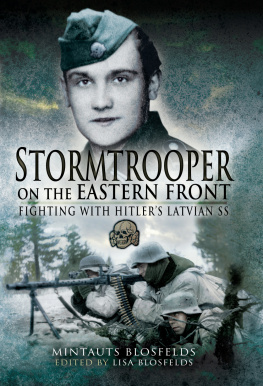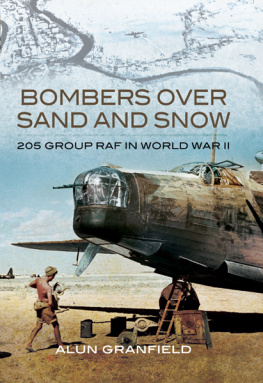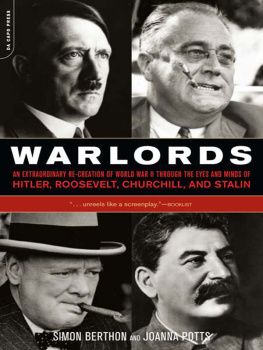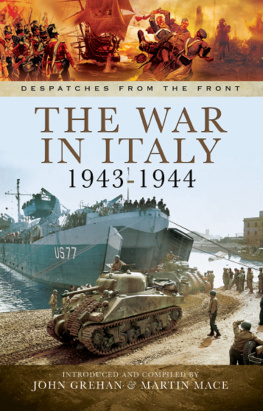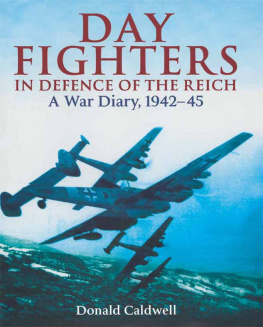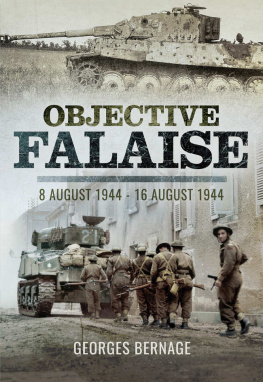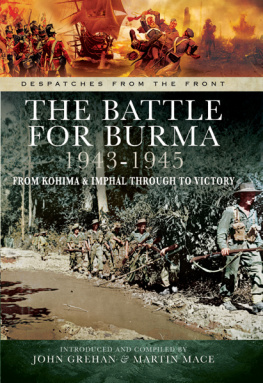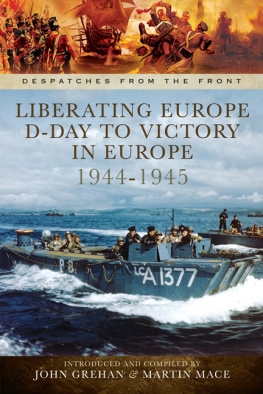

One of the greatest hazards in flying is fog in the cockpit.
As told to Richard Fogg by his father Howard Fogg, this phrase was uttered by a meteorology instructor to a class of student pilots in 1942. A gale of laughter, led by Howard, followed this pronouncement.

Air Cadet Howard Fogg at Parks Air College in East St. Louis, June 1942.
Lettering on Fuselage reads:
U.S. ARMY-PT-I9
AIR CORPS SERIAL NO.40-2609
CREW WEIGHT 400 LBS
Courtesy of Peter Fogg
Published in the United States of America and Great Britain in 2011 by
CASEMATE PUBLISHERS
908 Darby Road, Havertown, PA 19083
and
17 Cheap Street, Newbury RG14 5DD
Copyright 2011 Richard Fogg and Janet Fogg
ISBN 978-1-61200-004-6
Digital Edition: ISBN 978-1-61200-015-2
Cataloging-in-publication data is available from the Library of Congress and the British Library.
All rights reserved. No part of this book may be reproduced or transmitted in any form or by any means, electronic or mechanical including photocopying, recording or by any information storage and retrieval system, without permission from the Publisher in writing.
10 9 8 7 6 5 4 3 2 1
Printed and bound in the United States of America.
For a complete list of Casemate titles please contact:
CASEMATE PUBLISHERS (US)
Telephone (610) 853-9131, Fax (610) 853-9146
E-mail: casemate@casematepublishing.com
CASEMATE PUBLISHERS (UK)
Telephone (01635) 231091, Fax (01635) 41619
E-mail: casemate-uk@casematepublishing.co.uk
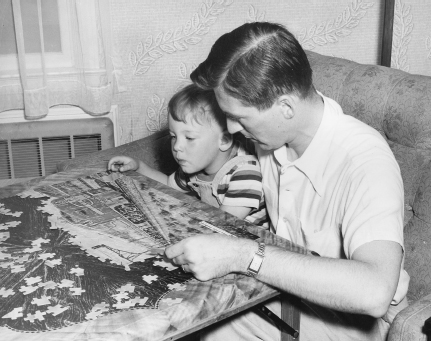
Richard Fogg, with a little help from his father, assembles a 1948 puzzle which featured one of Howards early paintings for ALCO. Courtesy of Richard Fogg
ACKNOWLEDGMENTS
Well, there you have it. Thank you for allowing us to share my fathers diary with you. I hope you consider it time well spent.
This was a difficult project for me because it raised so many questions I wish I had asked when I had the chance. Like so many men and women of that most remarkable generation my father rarely talked about his wartime experiences. In fact, I didnt even know this diary existed until he passed away and my mother asked my brothers and me if wed like to read it! On the rare occasions when he did talk about the war he was neither boastful nor bitter. The only time I remember any strong emotion was when he told me about the day he grounded himself, Brown took his place in Clumpy II , and didnt come back. That has to leave a man asking unanswerable questions.
Most of the time, his stories reflected his wonderful sense of humor. He found it amusing that much of the action he saw involved bombing and strafing trains, given his love of railroading and subsequent career. He laughed about the time he buzzed a train to give the French crew time to get off and saw the engineer give him a wave of approval from a nearby field as he came around to strafe the train.
My father and fellow pilot Paul Ollie Olson kept in touch after the war and the Olsons and Foggs became lifelong friends. Paul was shot down late in the war and a German surgeon put him back together. My father appreciated the irony in shooting down a plane and then ensuring the pilots recovery and good health. Of course, not everyone was as lucky as Paul, as evidenced by Baldy Baldridges tragic death. My dad never talked about the danger, focusing instead on the good times and how relatively easy they had it at Wretham. I was shocked to see just how dangerous his easy job was when reading his recapitulation of the original D Flight pilots.
When I think about the art my father created during his distinguished career it helps put in perspective the tragedy of war. Had he died in the ETO, those paintings, and the pleasure they have given so many people, would never have existed. You cant help but wonder what all the others who died there, on both sides, might have contributed to their respective societies. And yet, for us to have ignored the Nazi threat would have been an even greater tragedy.
Although the veterans of World War II are all but extinct, their legacy surrounds us. Every time we read an uncensored newspaper, practice the religion of our choosing, cast a vote, or do any of a hundred little things we take for granted, they are there, looking over our shoulder. Let us never, ever, forget Pop, Baldy, Hag, Bo, Kib, Brownie, Ollie, my father, and all the other members of the armed forces who put themselves in harms way then and continue to do so today. We owe them so much.
This book exists thanks to the efforts of my beautiful and tenacious wife. She had the inspiration to take my fathers diary and format a book around it, spending literally hundreds of hours painstakingly transcribing the diary, trying to decipher his writing with words like Wittmundhafen and Mantes-Gassicourt. There were times when I questioned the viability of the project, but she remained steadfast in her commitment. She is a truly remarkable person. My father always said that if we ever divorced he would disown me and keep her. I think he meant it.
Richard Fogg
Collaborating with Richard on this manuscript has been an honor and a joy, an exceptional, memorable experience. The opportunity to share in Howards life as a young pilot raised countless questions about the war and a fervent desire to learn more. But even more importantly, when Richard read our first rough draft and had to hold back tears, I knew that we had succeeded in preserving his fathers voice.
To those of you who have aided in this journey, thank you for your thoughtful suggestions and assistance. Laura Deal, Karen Robinson, Zhenille Robinson, Paul Flanders, Shirley Wilsey, Shannon Baker, Jim Hester, Julie Kaewert, and Karen Albright Lin, you are all such talented writers and special, supportive friends.
Richard, while this book commemorates your father, I know he and Margot were inordinately proud, as am I, that you chose to follow in Howards footsteps by serving our country in the Air Force, especially for the year you served in Vietnam. So this book is also for you.
And to Howard and Margot who welcomed me into their hearts so many years ago, you will be remembered forever with love, respect, and an abundance of delight.
Janet Fogg
Special thanks from both of us to Captain Rene Burtner, Squadron Commander of the 369th Fighter Squadron; Peter Randall, webmaster of the www.littlefriends.co.uk/ site; and most especially to Charlotte (Char) Baldridge, sister-in-law of Baldy Baldridge and Historian for the 359th Fighter Group Association. Chars tireless efforts to preserve the 359ths history and boundless enthusiasm in sharing those efforts can only be described as gracious and awe-inspiring. For the countless emails, numerous photographs, and varied documents, including the illuminating transcripts of Chappies monthly Informal Report of the Morale of the 359th Fighter Group and Maurice F.X. Donohues Monthly Narrative Histories of the 359th Fighter Group that Char transcribed from archived material in the history files at HQ USAF Historical Research Center, Maxwell AFB, we can only say for the thousandth time, Thank you so much, Char. Mission accomplished.

